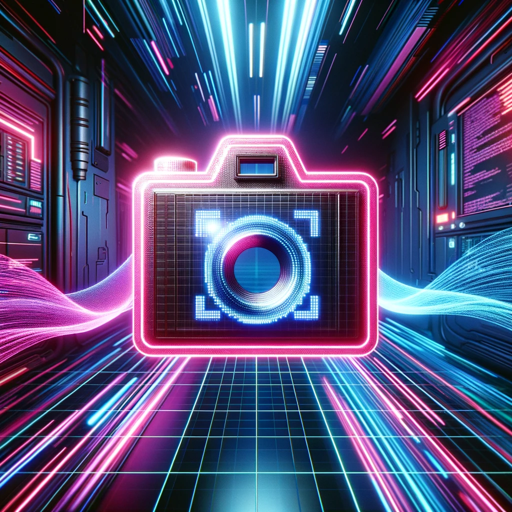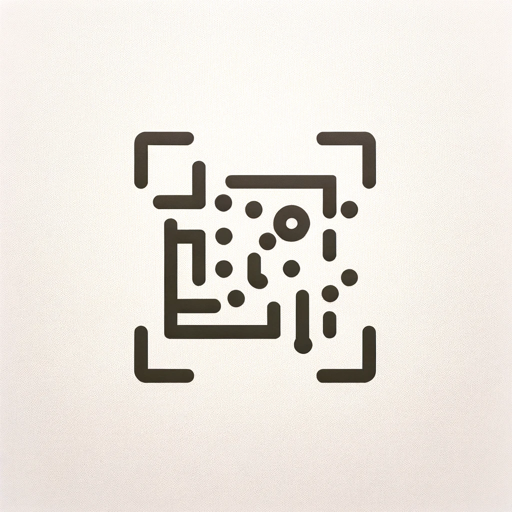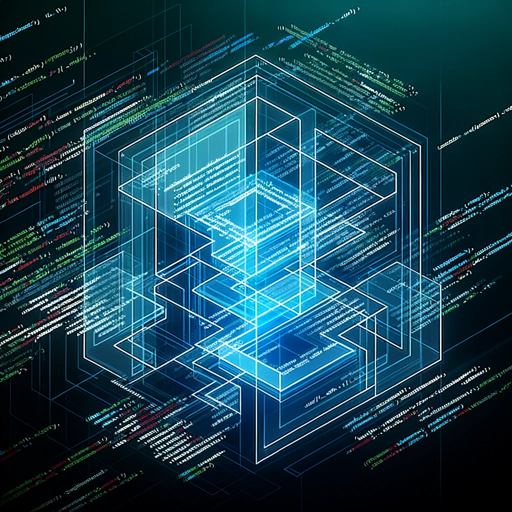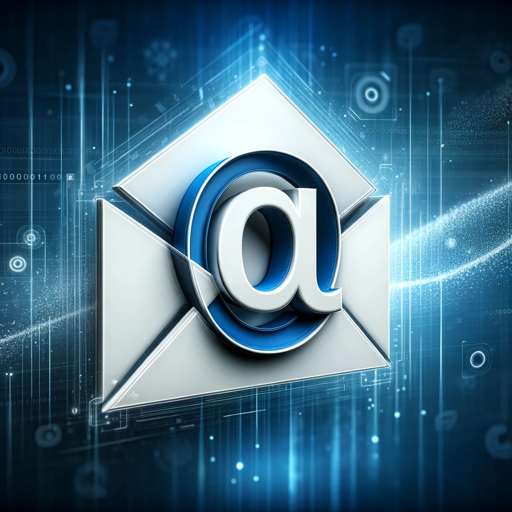Image to Code by Rob Shocks-image to HTML/CSS converter
Transform designs into code with AI
Upload a webpage screenshot for HTML conversion
Show me a design, and I'll create the HTML code, which Framework would you like Next.js and Tailwind for example?
Need HTML & Tailwind CSS for a design? Upload it here
Convert your webpage design to responsive HTML
Related Tools
Load More
Screen Shot to Code
This simple app converts a screenshot to code (HTML/Tailwind CSS, or React or Vue or Bootstrap). Upload your image, provide any additional instructions and say "Make it real!"

Image to Code GPT
Generates concise web code with placeholders for images in the design. Leave feedback: https://dlmdby03vet.typeform.com/to/VqWNt8Dh

Image to HTML, CSS, and JavaScript Code Generator
Converts images to HTML/CSS/JS, improves with feedback
Code to Diagram
Generate mermaid markdown diagram from codes.

Screenshot to Code
Convert any web design screenshot to clean HTML/CSS code. Just upload an image and see the magic

ONLY CODE
A GPT tailored for coders. Default Behavior: Only code. Use preprompts for different behavior.
20.0 / 5 (200 votes)
Introduction to Image to Code by Rob Shocks
Image to Code by Rob Shocks is a tool designed to assist front-end developers by converting various types of design images (such as hand drawings, Figma PDFs, screenshots, or web page designs) into HTML and CSS code. The primary purpose of this tool is to streamline the front-end development process, reducing the time and effort required to translate visual designs into functional web pages. For example, a developer can upload a screenshot of a web page layout, and Image to Code will generate the corresponding HTML structure and CSS styling. This allows developers to focus more on refining and customizing the design rather than starting from scratch.

Main Functions of Image to Code by Rob Shocks
Converting Design Images to HTML and CSS
Example
A developer uploads a Figma PDF of a landing page design. The tool analyzes the design and generates the HTML structure and CSS needed to replicate the design.
Scenario
A front-end developer needs to quickly prototype a new web page based on a client's design mockup. By using Image to Code, they can get a head start with the initial code and then focus on fine-tuning and adding interactive elements.
Framework-Specific Code Generation
Example
The user specifies that they want the output in React components with CSS Modules. The tool generates the necessary React component files and corresponding CSS module files.
Scenario
A developer working on a React project receives a new design for a feature. Instead of manually creating each component, they use Image to Code to convert the design into React components, speeding up development and ensuring consistency with the design.
Section-Based Code Generation
Example
The user uploads multiple screenshots of different sections of a web page. The tool generates the HTML and CSS for each section separately.
Scenario
A designer provides a detailed multi-section web page design. By breaking the design into individual sections, the developer can use Image to Code to convert each section separately, making it easier to manage and integrate into the overall project.
Ideal Users of Image to Code by Rob Shocks
Front-End Developers
Front-end developers looking to accelerate their workflow by converting visual designs directly into code. They benefit by saving time on initial coding and ensuring that the code closely matches the design specifications.
Web Designers
Web designers who want to quickly see their designs in a functional web format. By using Image to Code, they can generate the initial HTML and CSS for their designs and make necessary adjustments, ensuring their vision is accurately translated into code.

How to Use Image to Code by Rob Shocks
1
Visit aichatonline.org for a free trial without login, also no need for ChatGPT Plus.
2
Upload your image, which could be a hand drawing, Figma PDF, screenshot, or image of a webpage design.
3
Choose the framework you want to convert the design to, such as Vanilla HTML & CSS, React Components with CSS Modules, Next.js, Tailwind, Bootstrap, or Shopify Liquid.
4
Review the generated HTML and CSS code. For more complex designs, it may first output the general structure, and you can ask for individual sections to be completed.
5
Collaborate by suggesting fixes and color changes as necessary to refine the output. Breaking the design down into screenshots of each section will provide a better outcome.
Try other advanced and practical GPTs
Fragrance Expert
AI-powered fragrance insights tailored to you.

Ruby & Rails Helper
AI-Powered Helper for Ruby on Rails.

Ruby & Rails Coding Guru
AI-powered Ruby & Rails Assistant

Dropshipping Winning Product Generator
Generate Winning Product Descriptions with AI

Azure DevOps Pipeline Assistant
AI-Powered Pipeline Optimization for Azure DevOps

Skyscanners
AI-powered flight search for cost-effective travel.

Cypress Helper
AI-driven tool for optimizing Cypress tests

Mary Experte rédactrice SEO cuisine
SEO-optimized recipes made deliciously simple
Tatto Designer
AI-Powered Tattoo Design Innovation

Créateur de carte mentale par GitMind IA
AI-Powered Mind Mapping Tool

Outlook Expert
AI-powered Outlook guidance and solutions

DanpatAI Outlook Email
AI-powered email assistance for professionals.

- Web Development
- Responsive Layouts
- CSS Styling
- Design Conversion
- Frontend Code
Q&A about Image to Code by Rob Shocks
What types of images can I use with Image to Code?
You can use hand drawings, Figma PDFs, screenshots, or any image of a webpage design.
Which frameworks does Image to Code support?
It supports Vanilla HTML & CSS, React Components with CSS Modules, Next.js, Tailwind, Bootstrap, and Shopify Liquid.
How does Image to Code handle complex designs?
For complex designs, it will first output the general structure, and you can then request the individual sections to be completed. Breaking the design into smaller sections provides better results.
Can I suggest changes to the generated code?
Yes, you can suggest fixes and color changes to refine the output. The process is collaborative to ensure the best results.
Is there a trial version available?
Yes, you can visit aichatonline.org for a free trial without needing to log in or have a ChatGPT Plus subscription.